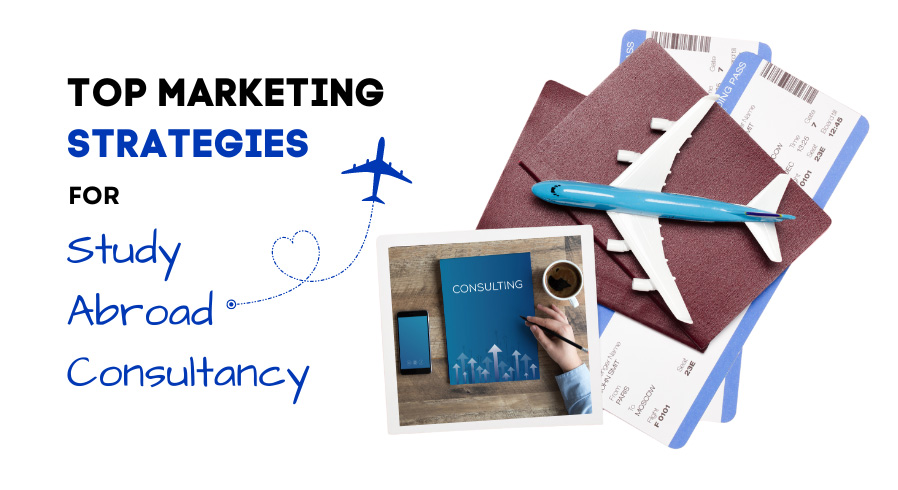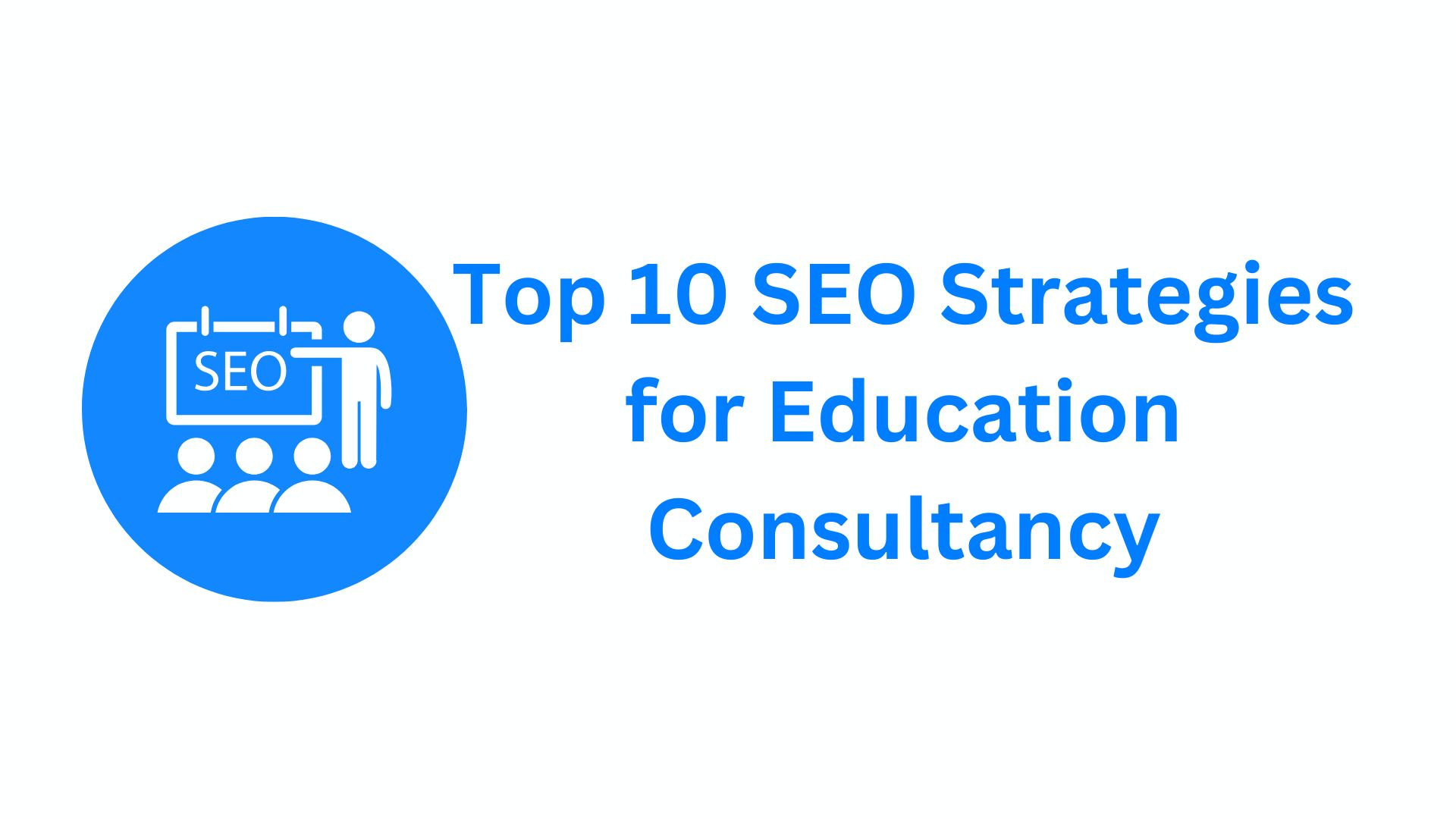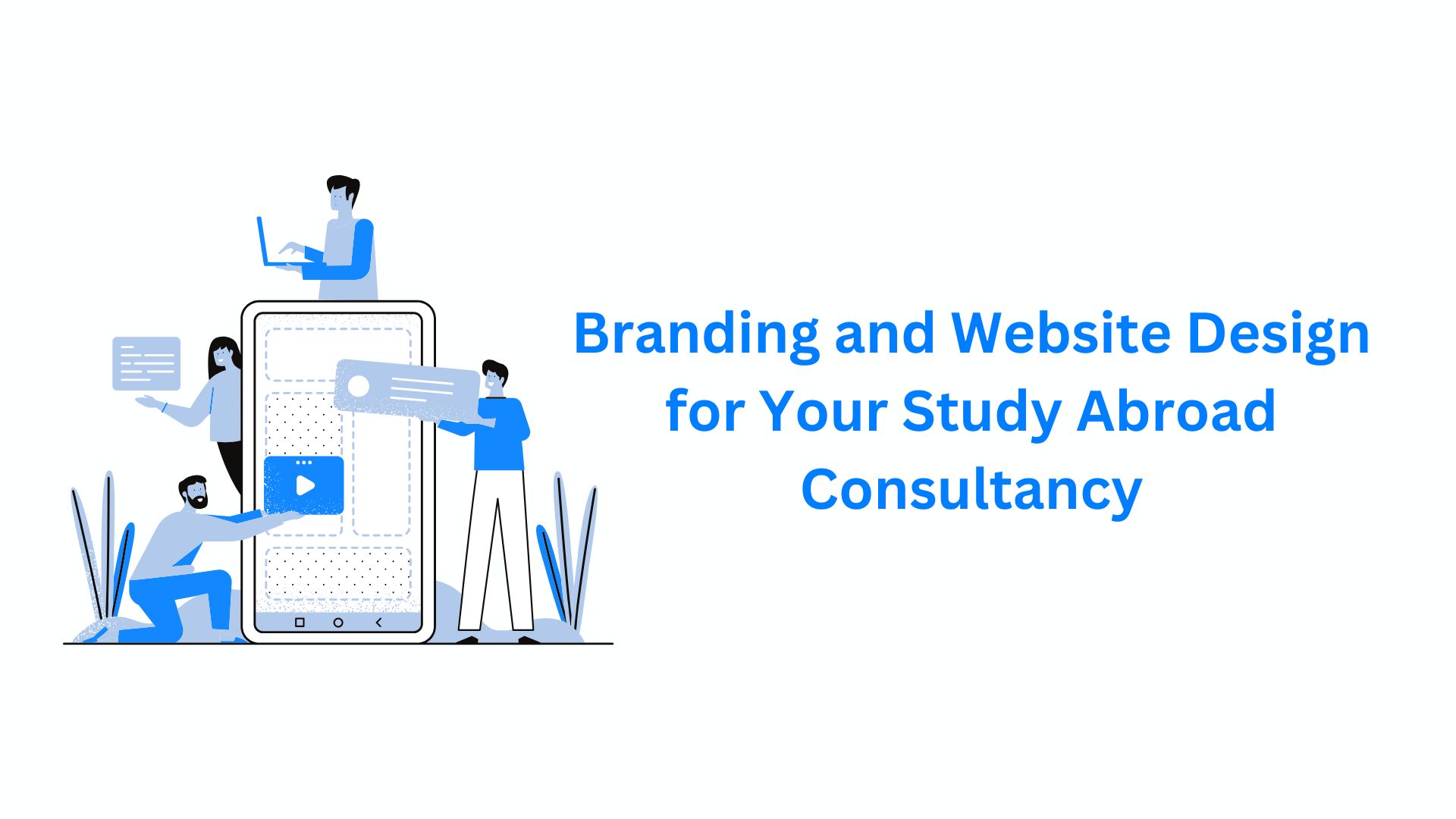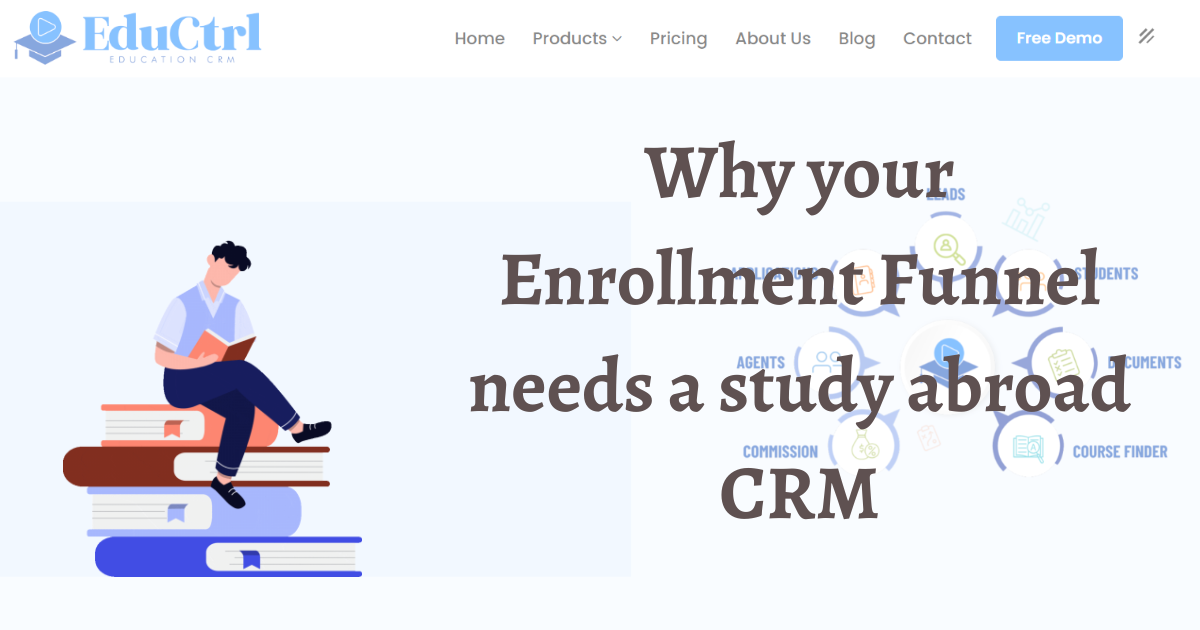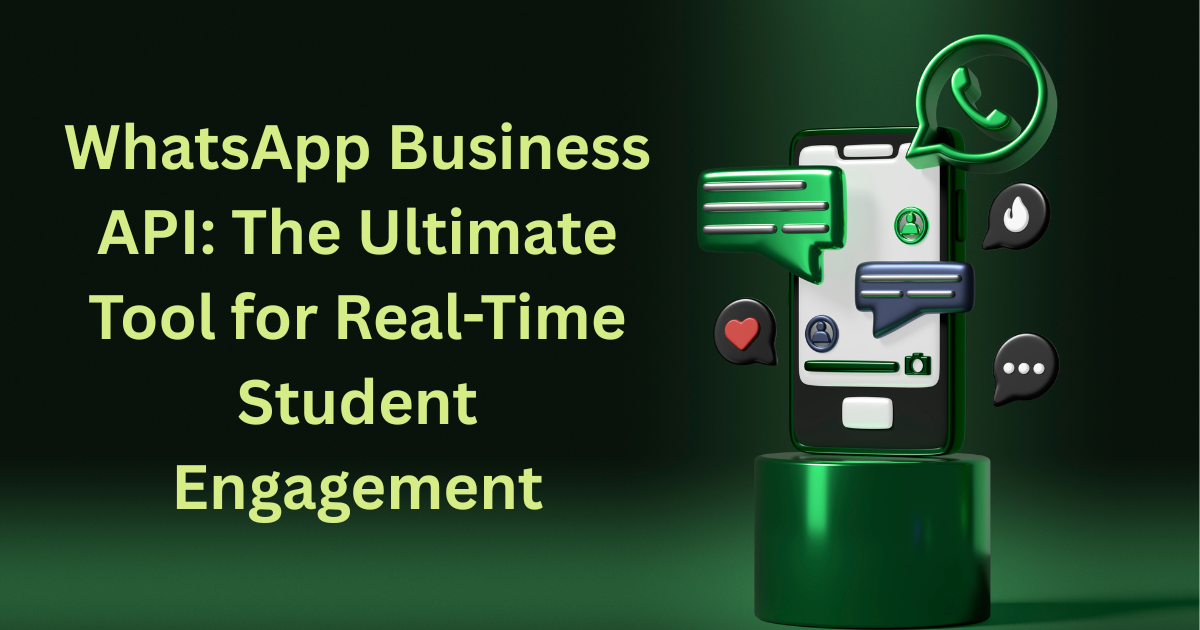Table of Contents

In today’s digitally-driven education landscape, simply having a website isn’t enough—especially for those in the study abroad industry. Students, parents, and educators are all looking for one thing: value-driven, informative, and inspiring content. That’s where content marketing steps in. It's not just about traffic—it's about conversion.
This comprehensive guide will show you how to harness the power of content marketing to attract, engage, and convert your target audience—future international students.
Why Does Content Marketing Matter for Study Abroad Websites?
Study abroad decisions are high-stakes and deeply personal. Students and parents are not just looking for facts—they want reassurance, clarity, and a vision of what’s possible.
Here’s why content marketing is your best friend:
Builds Trust: Quality content positions your website as a thought leader.
Improves Visibility: SEO-optimized content ranks higher, bringing organic traffic
Encourages Engagement: Informative blogs, videos, and webinars spark interaction
Boosts Conversions: Compelling CTAs and targeted content drive inquiries and application
Know Your Audience First
Before you write a single word, identify your target personas. In study abroad, you’re often speaking to:
Prospective students (aged 17–30)
Parents and guardians
Education agents
Counselors and academic advisors
Key Questions to Ask:
What are their goals and challenges?
What countries and programs are they interested in?
What are their biggest fears (e.g., visa issues, cost, safety)?
Where do they spend their time online?
Use surveys, feedback forms, or Google Analytics data to refine your audience personas.
The Pillars of High-Converting Content Marketing
Let’s break down the key content formats that drive results for study abroad websites.
1. Blog Posts That Answer Real Questions
Your blog should be the heart of your content marketing strategy. But not just any blog—focus on questions your audience is already asking.
Blog Post Ideas That Convert:
"Top 10 Scholarships for Indian Students in the UK"
"How to Apply for a Student Visa to Canada: A Step-by-Step Guide"
"What to Pack for Your First Semester Abroad"
"Cost of Living in Australia for International Students"
Best Practices:
Use clear, keyword-rich titles.
Add infographics, visuals, and step-by-step guides.
End with a strong CTA (e.g., “Speak to a Counselor Today!”).
2. Student Success Stories
Nothing inspires like a real-life transformation. These are high-conversion assets because they provide social proof and emotional connection.
How to Use Them:
Feature video testimonials or written interviews.
Include before and after scenarios.
Highlight any unique obstacles the student overcame.
Bonus Tip:
Use quotes from students as micro-content for social media posts.
3. SEO-Optimized Landing Pages
A well-designed landing page can make or break a conversion. Each landing page should be tailored to a specific program, country, or intake.
What to Include:
Compelling headlines
Clear value propositions (e.g., “100% Visa Success Rate”)
Student testimonials
Inquiry forms with minimal fields
Strong CTAs like “Book a Free Counseling Session”
4. Engaging Video Content
Videos are dynamic, visual, and easy to digest—perfect for explaining complex processes like admissions or visa applications.
Video Ideas:
“A Day in the Life of an International Student in Berlin”
“5 Things I Wish I Knew Before Moving to Canada”
“Live Q&A With Alumni From Top U.S. Universities”
Distribution:
Host on YouTube, then embed on relevant pages.
Share on Instagram Reels, TikTok, and Facebook.
Use snippets in email marketing.
5. Email Marketing That Nurtures
Don’t let leads go cold. Email sequences are essential for keeping prospective students engaged throughout the decision-making journey.
Email Campaign Ideas:
Welcome Series for new sign-ups
Application Deadline Reminders
Visa Process Updates
Weekly Blog Roundups
Key Features:
Personalize using first names.
Use visuals and GIFs for engagement.
Always include a CTA (e.g., “Download the Brochure,” “Talk to a Mentor”).
6. Lead Magnets and Downloadables
Offer something valuable in exchange for contact info. This not only helps you build an email list but also nurtures trust.
Great Lead Magnet Ideas:
“Ultimate Checklist for Studying Abroad”
“Scholarship Guide: 2025 Edition”
“Top 5 Cities to Study in Europe (With Cost of Living Breakdown)”
Format these as attractive PDFs and promote them through popups or content upgrades.
The Role of SEO in Content Marketing
If your content isn’t optimized, it won’t be found. SEO ensures your high-quality work reaches the right people at the right time.
Tips for Study Abroad SEO:
Target long-tail keywords like “undergraduate engineering programs in Germany.”
Use alt-text for all images.
Build internal links between blog posts and landing pages.
Get backlinks from education blogs or student forums.
Tools to Use:
Google Keyword Planner
Ubersuggest
SEMrush or Ahrefs
Yoast SEO for WordPress
Social Media Integration
Content shouldn’t live in isolation. Social media platforms are excellent distribution channels for your blog posts, videos, and infographics.
Platforms to Prioritize:
Instagram – Visuals, Reels, student life snippets
LinkedIn – For reaching parents, professionals, and counselors
YouTube – For long-form video content
Facebook – Community building and events
Content Types That Perform Well:
Polls and quizzes
Instagram Q&A sessions
Student-generated content (e.g., campus tours)
Analytics: Measure What Matters
To improve, you need to measure. Set KPIs aligned with your business goals.
Key Metrics:
Traffic Sources: Where are your visitors coming from?
Bounce Rate: Are they engaging or leaving quickly?
Conversion Rate: Are they filling out forms or signing up?
Time on Page: Are they reading or skimming?
Use Google Analytics, Hotjar, or HubSpot to get actionable insights.
Content Calendar: Stay Consistent
A content calendar helps ensure consistency, relevancy, and planning ahead for seasonal peaks like admissions deadlines.
What to Include:
Weekly blog post schedule
Monthly video or webinar themes
Social media content plan
Email campaign timelines
Consider using tools like Trello, Notion, or Google Sheets to organize it.
Collaborate with Influencers and Alumni
Collaborations bring authenticity and reach. Consider working with:
Student influencers or vloggers
Alumni who’ve studied abroad
Career counselors or education YouTubers
Collaboration Ideas:
Instagram takeovers
Guest blog posts
Joint webinars
Live Q&A sessions
Localization: Speak Their Language
If you're targeting students from non-English speaking countries, localization is crucial.
Localization Tips:
Translate key landing pages and blog posts.
Include local currency, tuition costs, and visa requirements.
Use culturally relevant images and case studies.
Final Thoughts: Inspire, Inform, and Invite Action
Content marketing for study abroad websites isn’t just about SEO or design—it’s about building a bridge between aspiration and action. Every blog, video, or email should answer a question, ease a worry, or inspire a dream.
Remember:
Be informative, yet warm.
Be consistent, yet creative.
Be strategic, yet human.
When done right, content marketing doesn’t just convert—it transforms curiosity into commitment.


